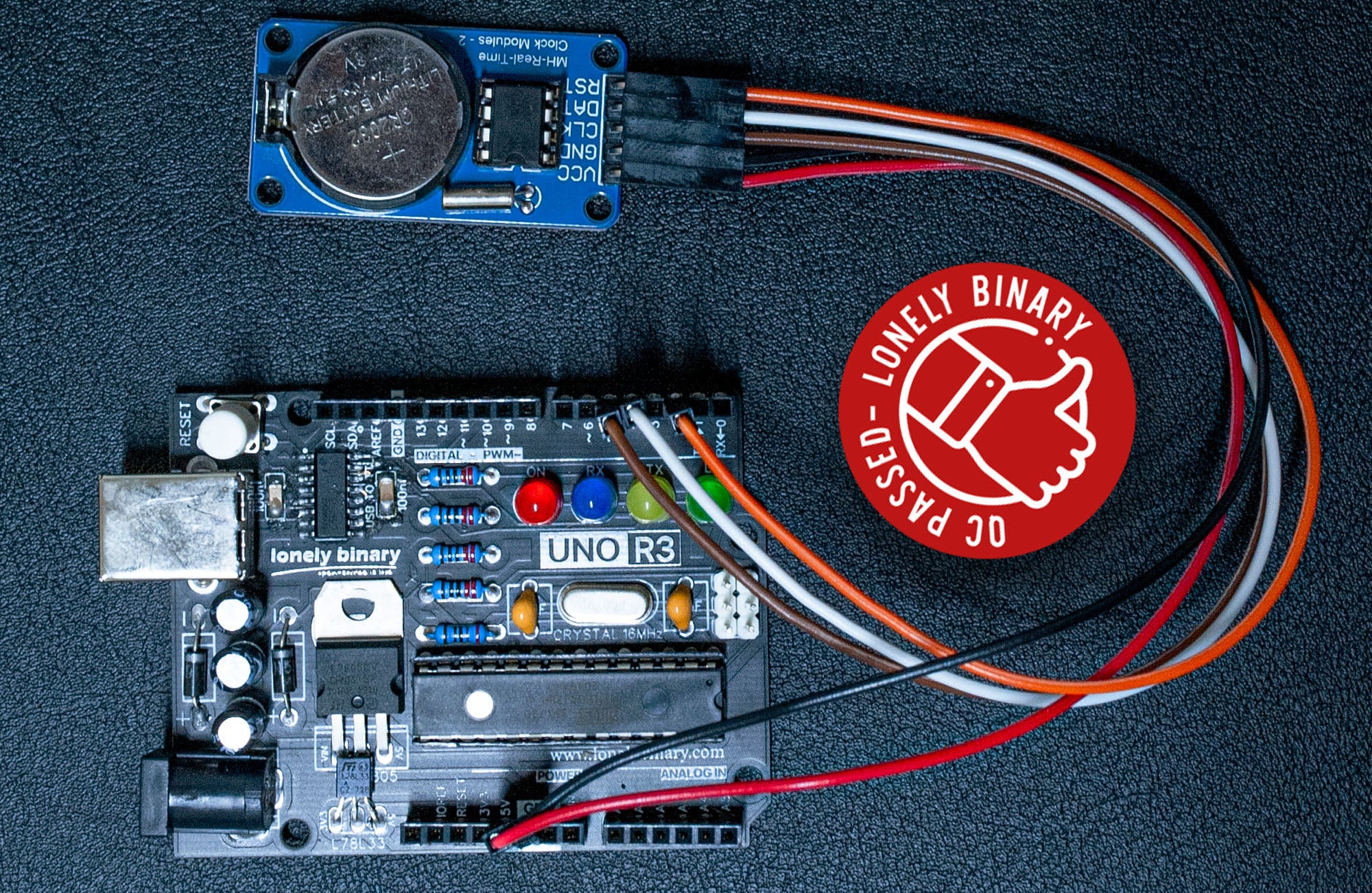Table of Contents(2)
Overview
What is the RTC used for?
An RTC, or Real-Time Clock, is a IC chip or module that is designed to keep track of time and date. It is used in various electronic devices, such as computers, microcontrollers, embedded systems, and other devices that require accurate timekeeping.
The primary purpose of an RTC is to provide a reliable time and date reference to the device it is integrated into. It contains a clock circuit and a small backup power source, typically a battery, which allows it to continue running even when the main power supply is disconnected. This ensures that the clock continues to keep time accurately, even during power outages or when the device is turned off.
Introduction to the DS1302 RTC IC
The DS1302 is a cost-effective solution for timekeeping applications. It provides timekeeping functionality at an affordable price point, making it accessible for hobbyists, makers, and cost-sensitive projects. The DS1302 accurately keeps track of time, including hours, minutes, seconds, date, month, and year. It has a built-in clock circuit that runs on an external 32.768 kHz crystal oscillator.The DS1302 has a built-in trickle charger and a small RAM area that is powered by an external backup battery. This allows the RTC to continue keeping time even when the main power supply is disconnected. The DS1302 communicates with the microcontroller or host system using a simple serial interface. It supports a bidirectional data line, clock line, and chip select line for data transfer.
While the DS1302 offers these advantages, it's worth noting that there are other RTC ICs available in the market with different features and capabilities. The choice of RTC depends on the specific requirements of the project, such as accuracy, precision, additional features, or specific interfaces needed.
The Accuracy of the DS1302 IC
The DS1302 RTC is generally considered to provide reasonably accurate timekeeping, but its precision is not as high as some other RTC options.
The DS1302 relies on an external 32.768 kHz crystal oscillator for its clock source. The accuracy of this crystal oscillator typically ranges from ±10 to ±20 parts per million (ppm). This means that the RTC's clock can deviate from the actual time by up to several seconds per day.
It's important to note that if high accuracy or precise timekeeping is crucial for a particular application, alternative RTC options may be more suitable. Some RTC ICs offer higher precision and stability, such as temperature-compensated RTCs or those with built-in calibration capabilities. These options might be preferable for applications that require more accurate timekeeping, such as scientific instruments, data logging systems, or time-sensitive operations.
In summary, while the DS1302 provides reasonably accurate timekeeping for many general-purpose applications, it may not meet the precision requirements of more demanding or time-critical projects. Assessing the specific needs of the application and considering alternative RTC options is recommended for projects that require higher levels of accuracy.
Lab Objectives
Prepare for an adventurous encounter with the Lonely Binary UNO R3 and the mischievous DS1302 module! With just three digital pins as their secret handshake, these electronic buddies are about to embark on a time-telling escapade.
Hold on tight as we unleash the power of code-compiled time upon the unsuspecting DS1302! It's time to set its timer to match the rhythms of the digital universe. Brace yourself, for the DS1302 is about to reveal its deepest secrets—tick by tick, second by second.
But wait, there's more! Prepare to witness a mind-bending spectacle as the current time magically materializes on the sacred altar of the serial monitor. It's a digital dance of numbers, a symphony of bits and bytes, all performed exclusively for your entertainment!
So join us on this wild ride, where the Lonely Binary UNO R3 and the DS1302 module unite their powers, bringing forth a show of timekeeping extravaganza. Get ready to be amazed, bewildered, and tickled by the whimsical wonders of the tech world!"
Components and Supplies
Pinout
| # | Pin | Function |
|---|---|---|
| 1 | VCC |
3.3V - 5V |
| 2 | GND |
Ground |
| 3 | CLK |
Clock Synchronize data movement on the serial interface Internal 40K pull down |
| 4 | DAT |
Data bidirectional data pin Internal 40K pulldown |
| 5 | RST |
Reset Must be high during a read or a write Internal 40K pulldown |

Wiring
| # | DS1302 Pin | Arduino Pin |
| 1 | VCC | 5V |
| 2 | GND | Ground |
| 3 | CLK | D5 |
| 4 | DAT | D4 |
| 5 | RST | D2 |

Library

Makuna/Rtc
We recommended Makuna's RTC library to make interfacing DS1302, DS1307, DS3231, and DS3234 Real Time Clock modules easy. This library includes deep support of module features, including temperature, alarms and memory storage if present.
Installing a library is a straightforward process that can be done swiftly. To begin, launch the Arduino IDE. Once the editor is open, direct your attention to the left column. Here, you'll notice a few icons. Locate and click on the "library" icon. Instantly, a comprehensive list of all the libraries at your disposal will materialize. You also have the option to search for a specific library. Once you've identified the desired library, simply click on the "INSTALL" button, and the installation process will commence.

